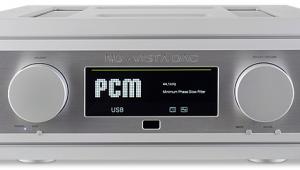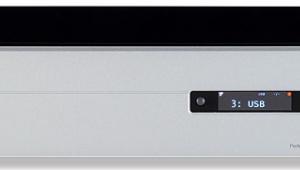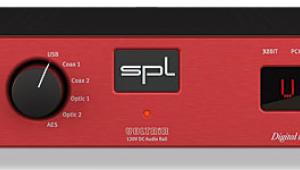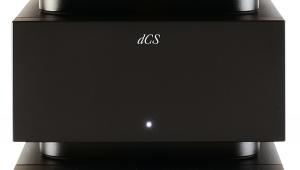MSB Technology Discrete Modular DAC Page 2
![]() Mission Creep
Mission Creep
This is a top-tier DAC, albeit one with a sound that's quite distinct from that of the other big beasts in the digital converter jungle. In my experience, the pricier these things get, the more impressive they tend to sound – there's a lot of 'revelation' where you suddenly hear things you hadn't before with lesser designs. However, on first hearing the Discrete DAC, it doesn't quite give you this 'surprise and delight' experience, instead preferring to creep up behind you and beguile you to the point where it's hard to go back to anything else. Its inherently 'musical' sound gently works its way into your affections, rather than giving a definitive 'dem room thrill'.
 As I mentioned, my listening was mostly done with two of MSB's PSU boxes attached, as provided by the UK distributor. The good news is that there wasn't a dramatic drop-off in sound quality when going down to the single PSU solution, and adapter, that comes as standard. I found a slight loss of focus and image precision, but it was subtle at best. The addition of the second Discrete Power Supply improves things, but not dramatically.
As I mentioned, my listening was mostly done with two of MSB's PSU boxes attached, as provided by the UK distributor. The good news is that there wasn't a dramatic drop-off in sound quality when going down to the single PSU solution, and adapter, that comes as standard. I found a slight loss of focus and image precision, but it was subtle at best. The addition of the second Discrete Power Supply improves things, but not dramatically.
The Discrete's disarmingly subtle and detailed delivery was most apparent on complex, layered music such as 'Watcher Of The Skies' by Genesis [Foxtrot; Virgin Japan VJD-28008], in this instance arriving via the coaxial digital input. With many high-end DACs, it's not unusual to be drawn to this recording's arid and 'technical' sound that's typical of early '70s prog rock. Not so here, for instead I found myself relaxing into the track and steadily becoming more immersed in the music.
Crunch Time
This is largely down to the Discrete DAC's ability to separate out the different strands of a mix so effortlessly. You can lock onto Steve Hackett's guitar work or Peter Gabriel's vocals, and each appears distinct from one another. Yet this is done without spraying detail at the listener or isolating instruments and performers to the point of their interplay or harmony being lost.
The sound is revealing but utterly unforced – absolutely not 'hi-fi' in the parochial sense – so this DAC doesn't push a song's beat especially hard at the listener. In this instance, Genesis' opening drum work isn't forced at you, instead it sits back slightly which, in turn pulls you deeper into the mix. Then you find yourself focusing on the gently percussive way the electric organ is being played, and the great phrasing of the vocals. This is tied to the DAC's adept handling of dynamics and its ability to capture the 'light and shade' in the playing, carrying accents well. That crunchy, overdriven lead guitar sound was given great impact, for example.
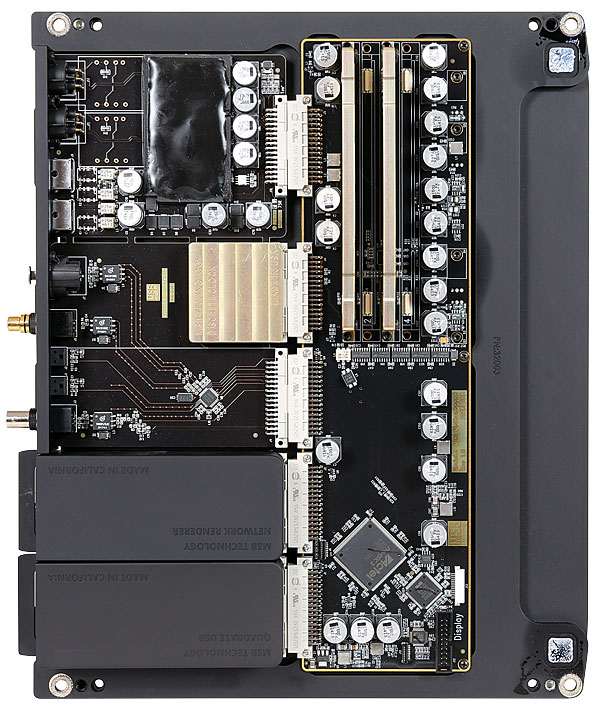
Even with pop material, and more compressed recordings in general, these qualities remain very much in evidence. The Fun Lovin' Criminals' 'Love Unlimited' [100% Columbian; Chrysalis 7243 4 97056 2 3], has a lovely lilting groove that sounded downright hypnotic though the MSB Discrete DAC, more so than most rivals in fact. Both the bass guitar and snare drum could be heard playing off the rhythm guitar brilliantly, with a lovely floating hi-hat to ice the musical cake.
Sweet 'n' Low
Via the network input fed from a Western Digital NAS drive by Ethernet cable, the Discrete DAC didn't change its character one bit. It has a slightly warmer, less 'well lit' tone compared to rivals like the dCS Bartók [HFN May '19], so where modern electronic music such as Moby's 'Honey' [Play; CDStumm172] can sound quite dry – or strident even – the Discrete DAC offers only musical honey. So here, where the hi-hat sound was smooth and subtle, and the snare drum relatively subdued, my attention was instead drawn to the bass. The looped piano cadence that runs right through the song was tonally fuller than expected, with real weight to the bottom end. Its rich timbre was impressively carried too, showing that this DAC is smoother and fuller than many. It's wrong to describe it as being more 'analogue' sounding, but it certainly doesn't have the shiny, processed feel of many digital converters.
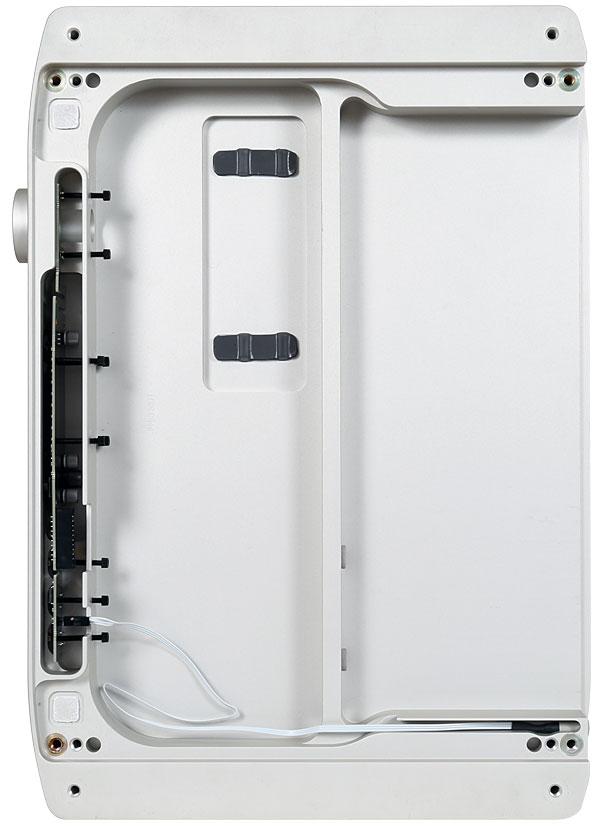
Spatially, it proved highly impressive too. Via the USB input from my MacBook Pro, a hi-res PCM version of Chic's 'My Forbidden Lover' [Risqué; Atlantic AMCY-118] was laid out beautifully before my ears. This DAC typically delivers a wonderfully spacious stereo soundstage, with all the instruments located with pin-point precision.
Depth perspective is no less impressive, so while Lonnie Smith's Think! [Blue Note CDP 7 84290 2] is a two-track jazz recording from the late-'60s, this DAC made it sound truly three dimensional. Although the solo instruments themselves were pushed quite forward, the sound of the recording venue, with all its resonances and reverberation, was imparted brilliantly. The result, as ever with the MSB Discrete, was a consummately natural sound that was a joy to behold.
Hi-Fi News Verdict
With its vast product portfolio, MSB's model range can seem bewildering, and hard to know where to begin. The entry-level Discrete DAC answers this question elegantly – it's a great first step on this company's own stairway to digital audio heaven. It ticks the boxes that most audiophiles will ever need – excellent sound, upgradability and stylish, beautiful build. Hear it if you possibly can.







